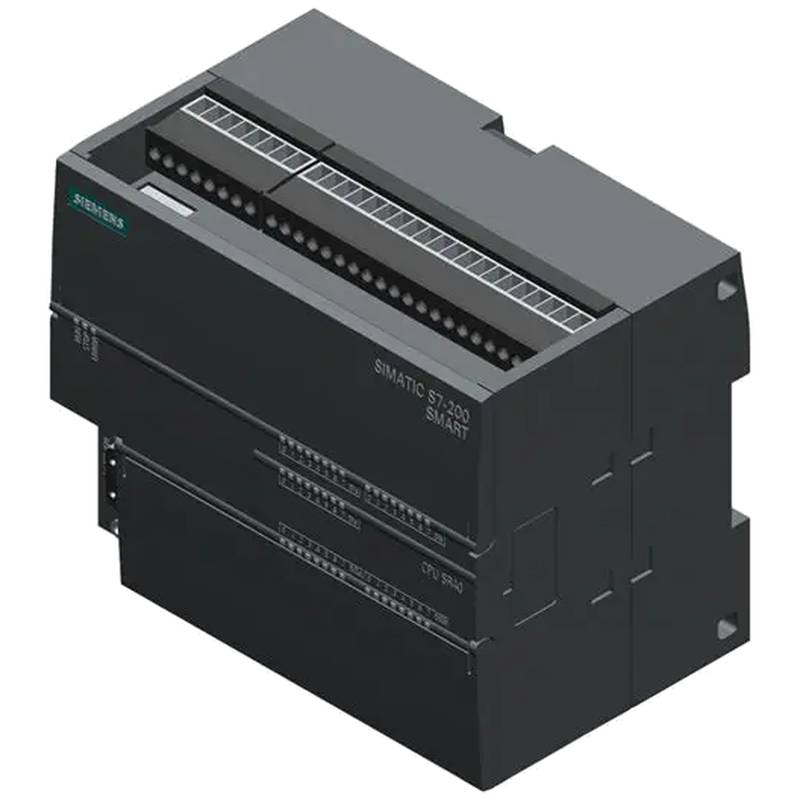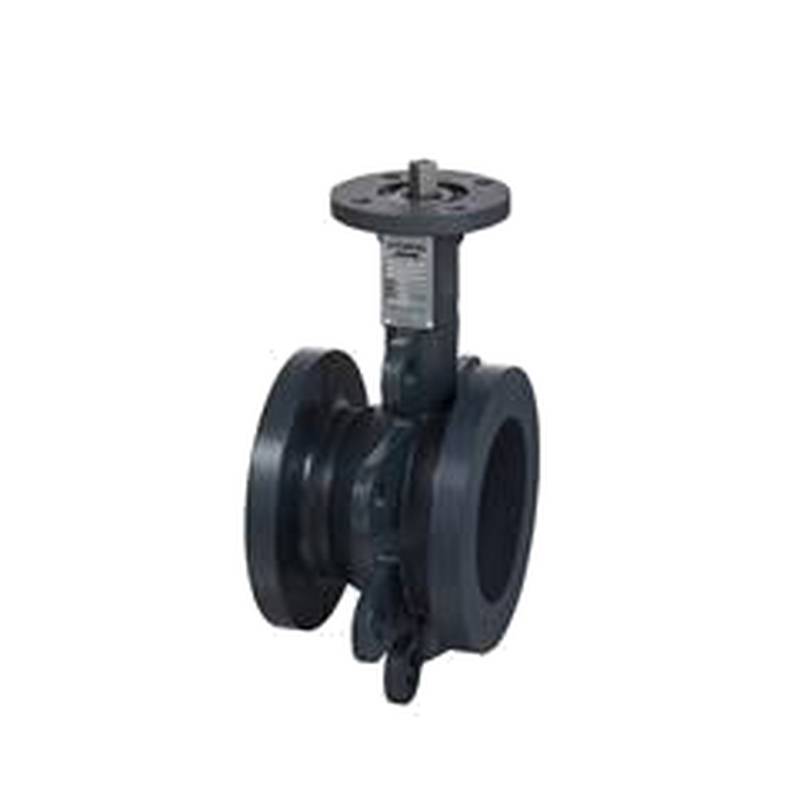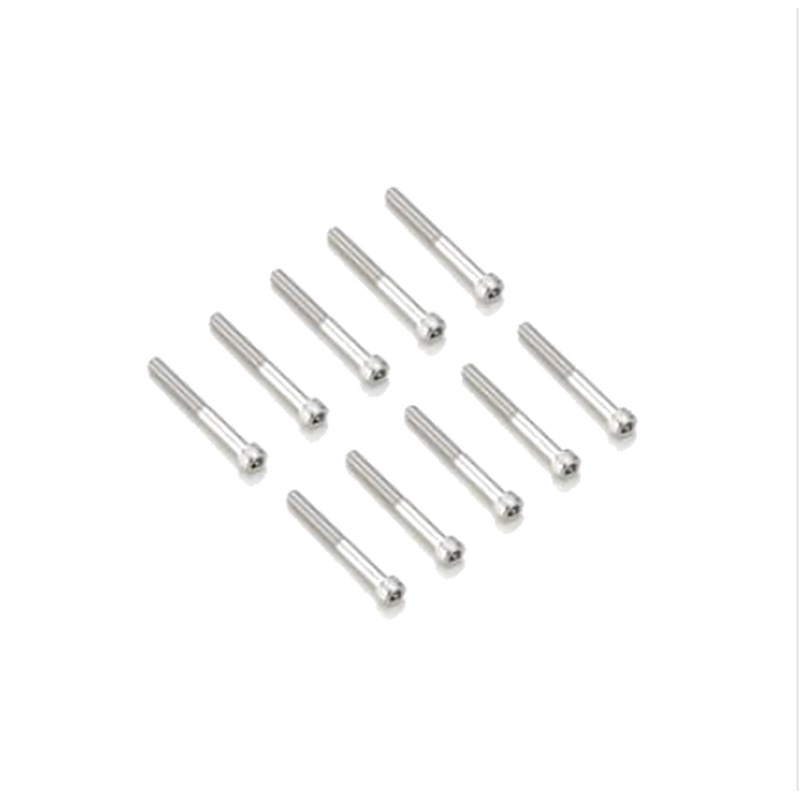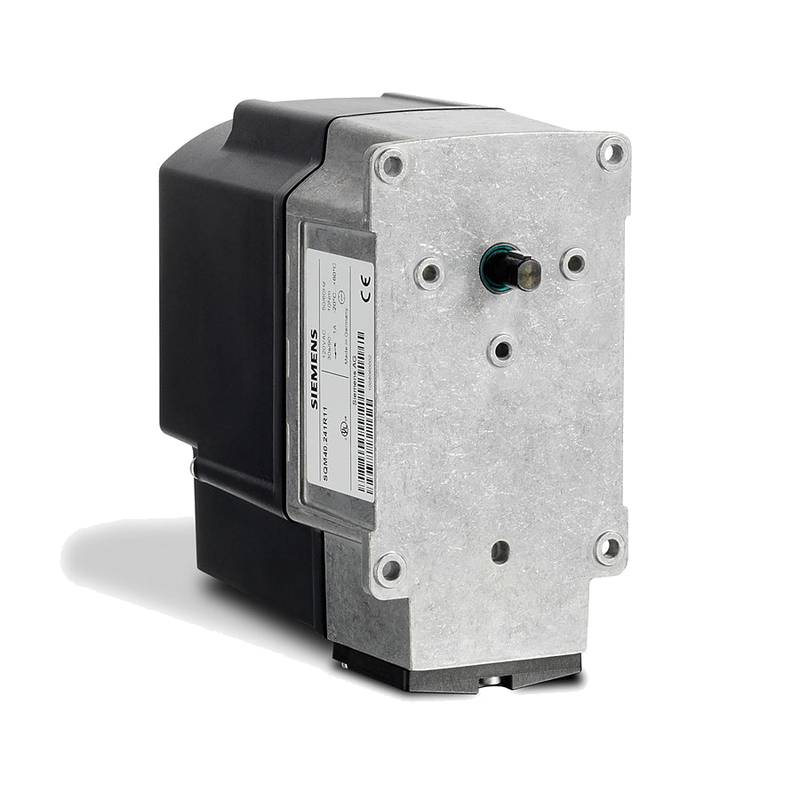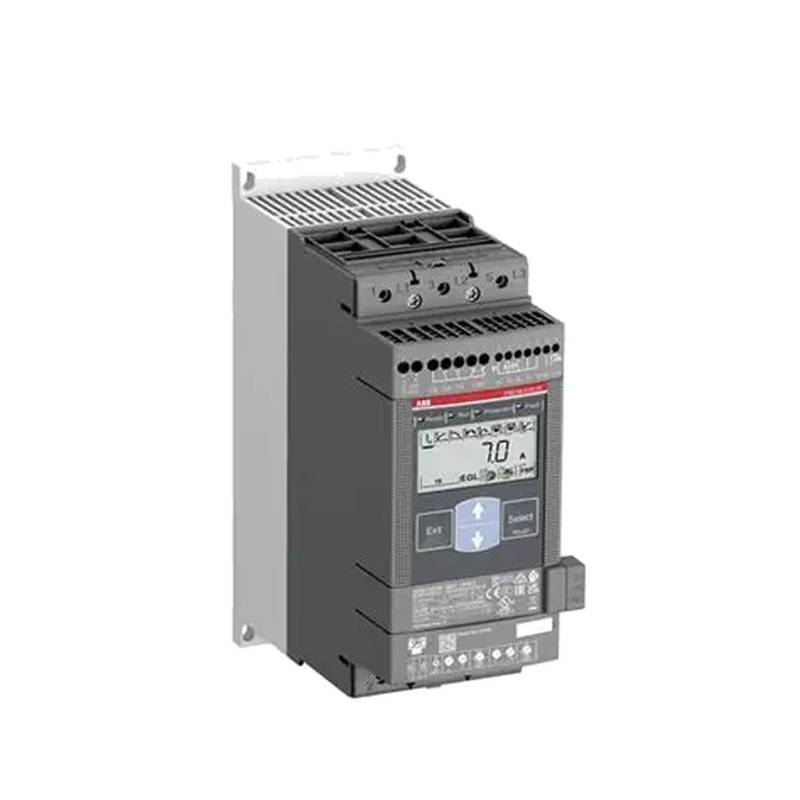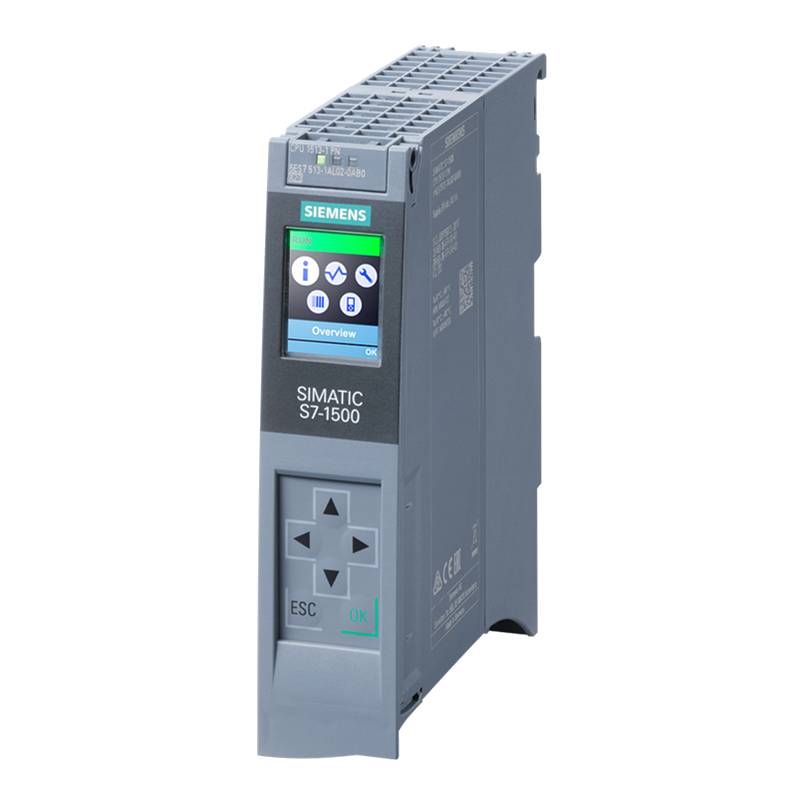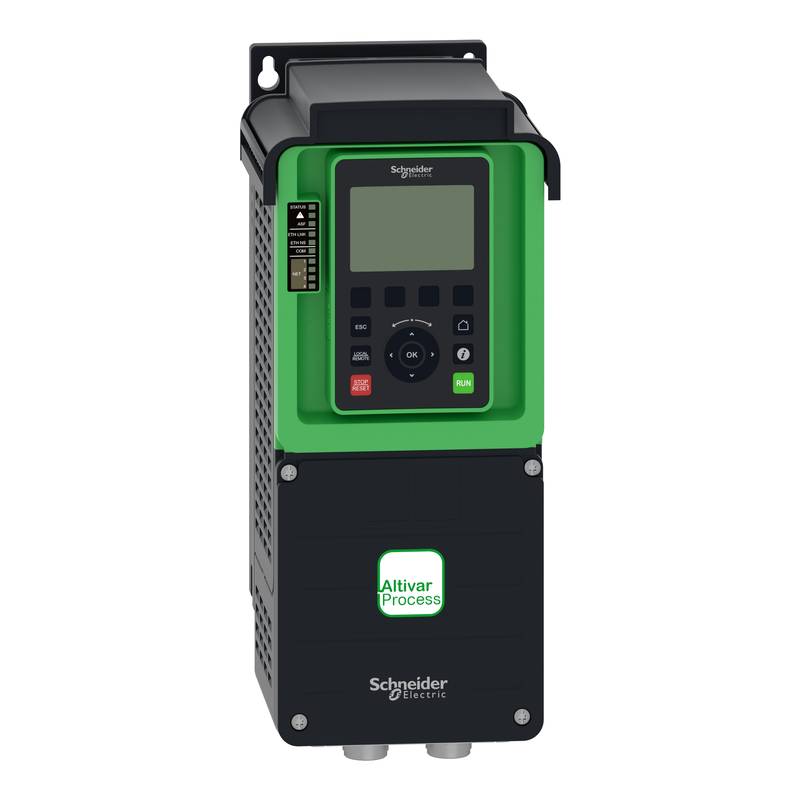
The Siemens 6ES7288-1SR40-0AA1 PLC Digital Input Module stands as a robust solution for industrial automation, offering reliable data acquisition for critical processes. This module is distinguished by its compact design, high-speed processing capabilities, and seamless integration within the Siemens SIMATIC ecosystem. Key technical parameters include a voltage range of 24V DC for its digital inputs, a memory capacity of 256 KB, and an operating temperature range from -20°C to +60°C, ensuring dependable performance in demanding industrial environments. Its swift I/O response time and efficient data handling make it an excellent choice for applications requiring precise and timely control signals.
Siemens 6ES7288-1SR40-0AA1: Core Features & Market Positioning
The Siemens 6ES7288-1SR40-0AA1 is engineered for high-performance industrial automation, positioning itself as a leader in reliability and integration. Its core strength lies in its direct compatibility with the SIMATIC S7-1200 series, allowing for straightforward expansion and management of digital inputs. This module boasts a high channel density, enabling more signals to be processed within a smaller footprint, a critical advantage in space-constrained control cabinets. The module's advanced diagnostics capabilities provide real-time insight into signal status and potential faults, minimizing downtime and facilitating proactive maintenance. Its robust construction and adherence to stringent industrial standards ensure longevity and consistent operation, setting it apart from less resilient alternatives in the market.
Key Application Scenarios for the 6ES7288-1SR40-0AA1
This digital input module finds extensive use across various industrial sectors where precise monitoring and control of discrete signals are paramount. In manufacturing, it excels in tasks such as tracking the presence or absence of parts on a conveyor belt, monitoring limit switches on machinery, and receiving signals from push buttons or selector switches for operator commands. The oil and gas industry utilizes it for monitoring safety interlocks, valve positions, and flow switch statuses, ensuring operational integrity in hazardous environments. Furthermore, the water and wastewater treatment sector benefits from its reliability in monitoring pump statuses, tank levels via float switches, and the open/closed states of various valves. Its suitability for harsh conditions and its high immunity to electrical noise make it an ideal component for these critical applications.
Practical System Integration Guidance
Integrating the Siemens 6ES7288-1SR40-0AA1 into an existing or new automation system is a streamlined process, leveraging the SIMATIC S7-1200 platform's design principles. Installation typically involves direct mounting onto a standard DIN rail within the control cabinet. Wiring is accomplished via front-facing terminal blocks, with clear labeling for each digital input channel and common ground connections. For a typical 24V DC input, connect the sensor's positive (+) terminal to the module's input terminal and the sensor's negative (-) terminal to the 0V (M) terminal of the power supply. The module's common connection point should then be linked to the 0V (M) of the power supply. Programming within STEP 7 (TIA Portal) involves configuring the module's address range and then utilizing the digital input tags in ladder logic, function block diagrams, or structured text to read the status of connected devices.
Operation and Risk Mitigation
The Siemens 6ES7288-1SR40-0AA1 operates by providing a direct interface between field devices (sensors, switches) and the PLC's processing unit. Each digital input channel is designed to detect the presence or absence of a 24V DC signal, translating this into a binary state (TRUE/FALSE) within the PLC program. To mitigate risks, ensure proper grounding of all connected devices and the module itself to prevent electrical interference and potential damage. Over-voltage protection is inherent, but it's crucial to adhere to the specified voltage ranges to avoid exceeding the module's capabilities. In case of fault conditions, such as a short circuit on an input, the PLC software can be configured to trigger alarms or safety shutdowns, preventing wider system damage. Regular firmware updates for the associated PLC can also enhance operational stability and security.
Scalability & Long-Term Value
The 6ES7288-1SR40-0AA1 offers significant scalability, primarily through its seamless integration with the Siemens SIMATIC S7-1200 platform. As automation requirements expand, additional digital input modules, or other I/O types like analog inputs/outputs and communication modules, can be easily added to the same PLC rack, provided the CPU's capacity is not exceeded. This modular approach allows for incremental system growth without requiring a complete overhaul of the existing infrastructure. Furthermore, its compatibility with Siemens' broader automation portfolio ensures that it can be integrated into more complex systems, including those leveraging Industrial Internet of Things (IIoT) technologies and cloud-based analytics platforms, thus preserving its long-term value and future-proofing automation investments.
Frequently Asked Questions (FAQs)
Q1: What is the voltage input range for the Siemens 6ES7288-1SR40-0AA1?
The Siemens 6ES7288-1SR40-0AA1 digital input module is designed to accept standard industrial control voltages. Specifically, it operates with a nominal input voltage of 24V DC. This allows it to interface directly with a wide array of common sensors, switches, and other low-voltage field devices.
Ensure that any external device connected to the module's inputs is rated for or compatible with this 24V DC signal level. Exceeding this specified voltage range could lead to module damage or unreliable performance.
Adhering to the correct voltage input is fundamental for ensuring the longevity and accuracy of data acquisition in your automation system. Always consult the detailed product manual for precise operational limits.
Q2: How many digital input channels does this module have?
The Siemens 6ES7288-1SR40-0AA1 module is configured with a specific number of discrete input points. It provides 16 digital input channels. These channels allow the PLC to monitor 16 individual signals from field devices.
Each of these 16 channels can be independently configured and addressed within the PLC program. This offers flexibility in monitoring various sensors or switches within your automation setup.
With 16 channels, the module is well-suited for applications that require a moderate to high density of input signal monitoring without necessitating multiple smaller modules.
Q3: Can this module be used with PLCs other than the SIMATIC S7-1200 series?
The Siemens 6ES7288-1SR40-0AA1 is specifically designed and optimized for the SIMATIC S7-1200 PLC family. Its internal communication protocols and physical connectors are tailored for seamless integration with S7-1200 CPUs.
While technically possible to interface with other PLC systems through complex custom solutions or gateways, this is not the intended use. Such configurations would likely void warranties and lead to significant integration challenges.
For guaranteed compatibility, performance, and support, it is strongly recommended to use this module exclusively within a SIMATIC S7-1200 automation system.
Q4: What is the typical response time of the digital inputs?
The response time of the Siemens 6ES7288-1SR40-0AA1 module is a critical parameter for time-sensitive applications. It offers a fast signal processing capability suitable for dynamic industrial processes.
Typical response times for digital input modules in this series are in the range of milliseconds. This ensures that changes in the state of connected field devices are detected and reported to the PLC very quickly.
For precise timing requirements, refer to the official Siemens datasheet for the exact input delay specifications. This value is crucial for applications needing high-speed event detection or precise synchronization.
Q5: What are the environmental operating conditions for the 6ES7288-1SR40-0AA1?
This module is built to withstand demanding industrial environments. It features a wide operating temperature range, typically from -20°C to +60°C (-4°F to 140°F). This allows for reliable operation in both cold and hot conditions found in factories or outdoor installations.
Beyond temperature, the module is also designed to resist electromagnetic interference (EMI) common in industrial settings. Proper enclosure and shielding practices will further enhance its immunity.
Always ensure the module is installed in a location that adheres to its environmental specifications, including humidity and vibration limits, to maintain optimal performance and longevity.
Q6: How is the module wired for a typical 24V DC sensor?
Wiring a 24V DC sensor involves connecting the sensor's output signal to one of the module's input terminals. The sensor's positive (+) terminal connects to the input channel (e.g., I0.0), and its negative (-) terminal connects to the 0V (M) terminal of the power supply.
The common terminal for the group of inputs on the module should be connected to the negative terminal (0V) of the 24V DC power supply. This establishes the reference ground for the digital input signals.
Double-check all wiring connections to ensure they are secure and correctly matched to the specified terminals to prevent short circuits or incorrect signal readings.
Q7: Does the module provide diagnostics for input status or faults?
Yes, the Siemens 6ES7288-1SR40-0AA1 module offers diagnostic capabilities. These features help in monitoring the status of individual input channels and detecting potential issues.
Diagnostic information may include the state of each input (active/inactive) and can often identify fault conditions such as short circuits or open wires, depending on the PLC's configuration and capabilities.
This built-in diagnostics significantly aids in troubleshooting and maintenance, reducing downtime by quickly pinpointing the source of problems in the field wiring or connected devices.
Q8: What programming software is used with this module?
This digital input module is programmed using Siemens' integrated engineering software. The primary software environment for the SIMATIC S7-1200 series is the TIA Portal (Totally Integrated Automation Portal).
Within TIA Portal, engineers can configure the module, assign addresses, and write the logic that reads the status of the digital inputs. This software supports various programming languages like Ladder Logic (LAD), Function Block Diagram (FBD), and Structured Text (ST).
Ensure you are using a compatible version of TIA Portal that supports the specific S7-1200 CPU and the 6ES7288-1SR40-0AA1 module for seamless integration.
Q9: Can I expand the number of digital inputs using this module?
The 6ES7288-1SR40-0AA1 module itself provides 16 digital inputs. To expand the total number of digital inputs in your system, you would typically add more of these modules or other Siemens digital input modules to the SIMATIC S7-1200 PLC.
The S7-1200 CPU has a limit on the total number of I/O modules it can support. You need to ensure that your chosen CPU has sufficient I/O capacity for the desired expansion.
This modular design allows for flexible system scaling, enabling you to add inputs incrementally as your automation needs grow, ensuring a cost-effective and adaptable solution.
Q10: What is the memory capacity associated with this module?
The Siemens 6ES7288-1SR40-0AA1 is a digital input module, and its primary function is signal acquisition. The memory capacity for program execution and data storage is primarily a feature of the SIMATIC S7-1200 CPU, not the I/O modules themselves.
While the module doesn't have user-accessible program memory, it does consume a small amount of memory address space within the CPU for its I/O data. This is typically a fixed allocation managed by the system.
The CPU's memory capacity (e.g., 100 KB, 200 KB, or more) dictates the overall complexity and size of the automation program, including the handling of inputs from modules like the 6ES7288-1SR40-0AA1.














